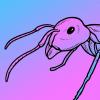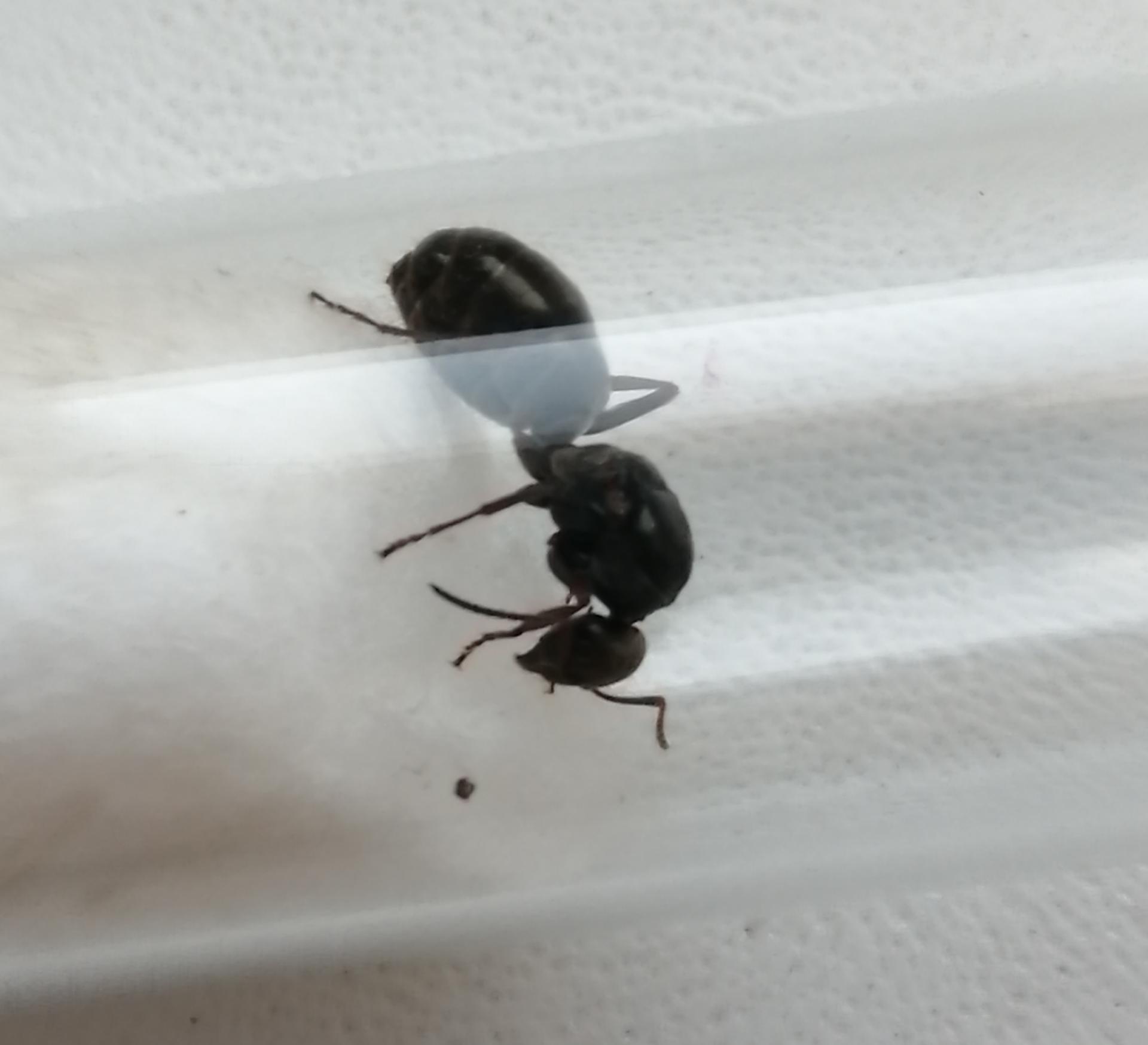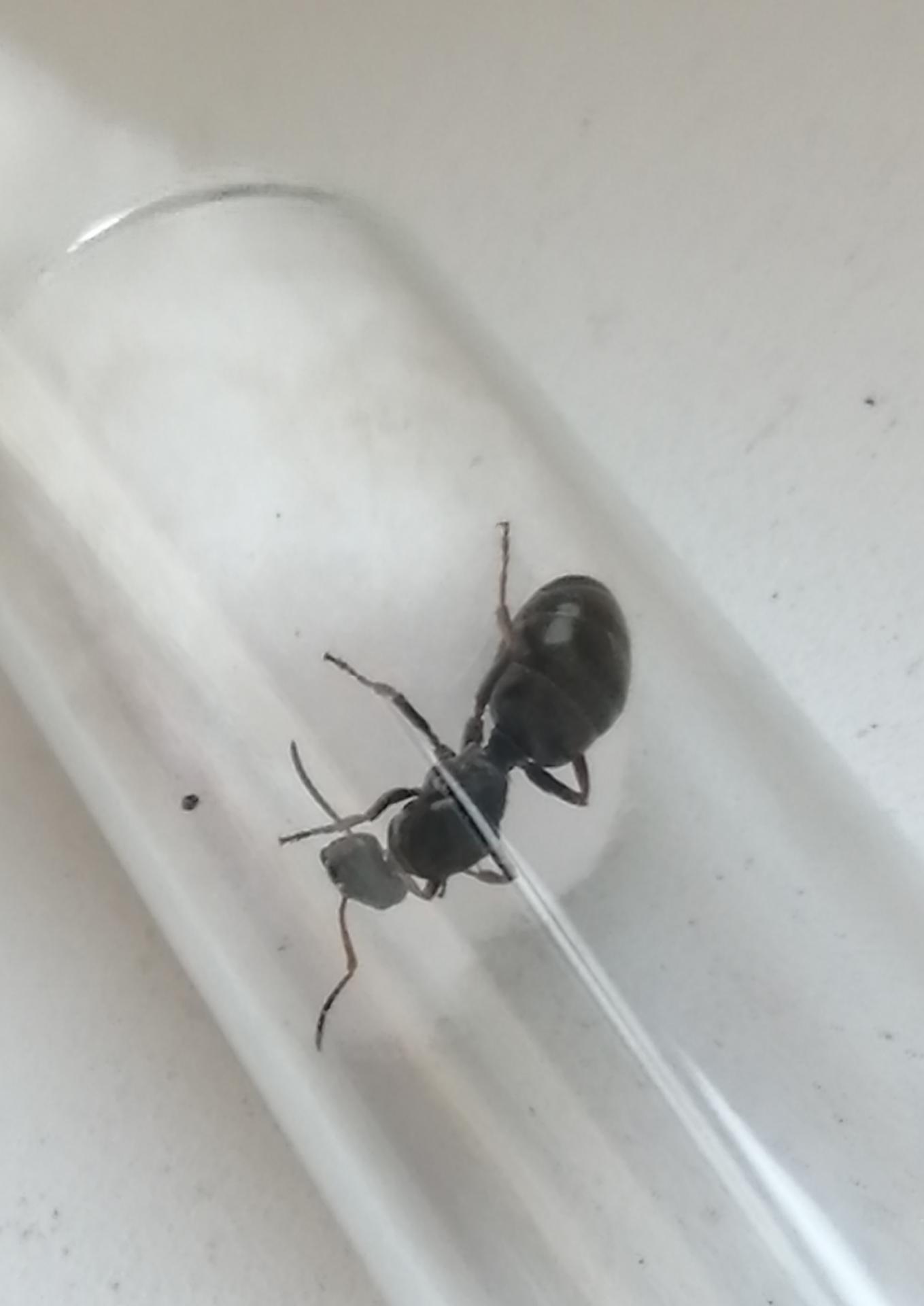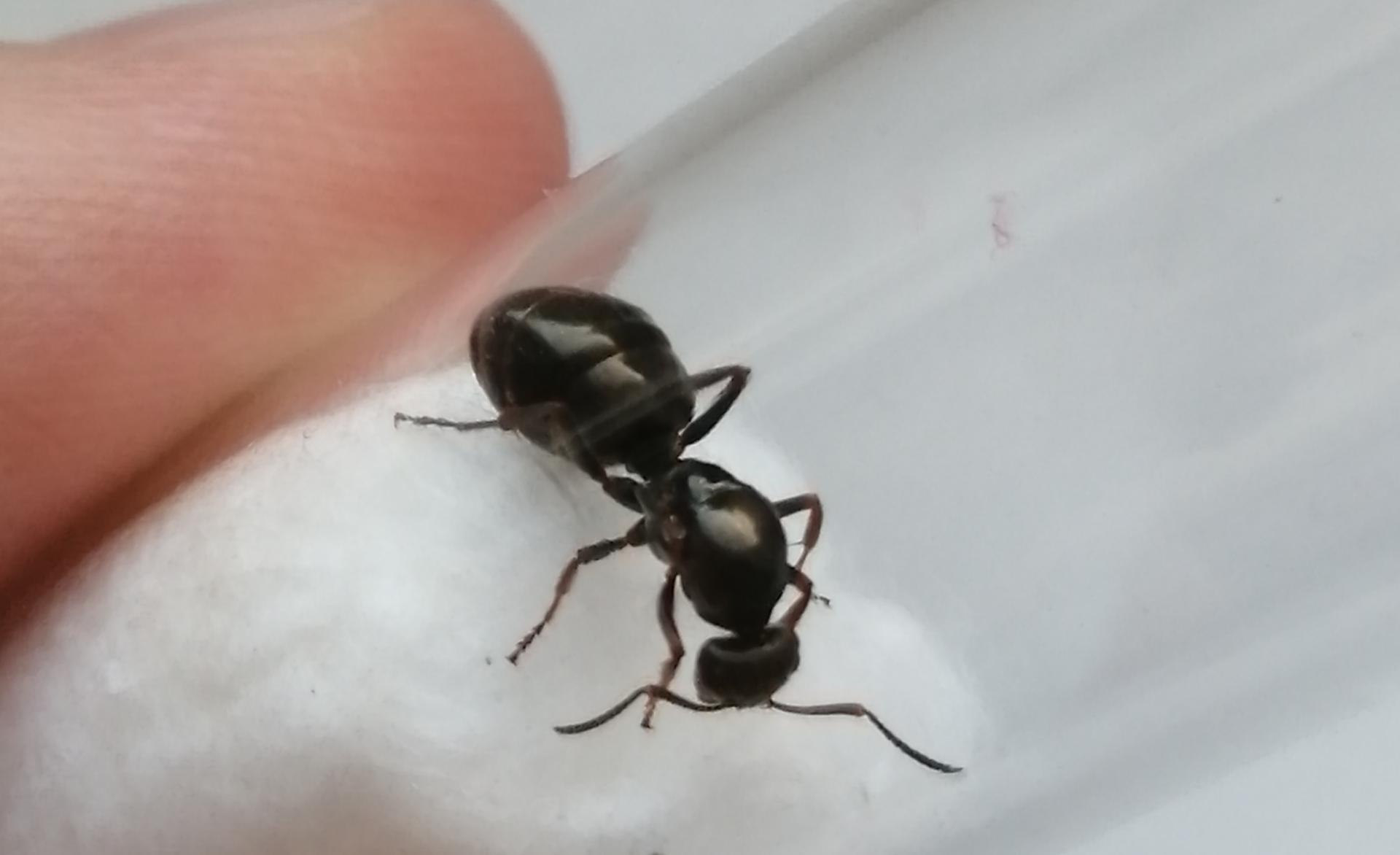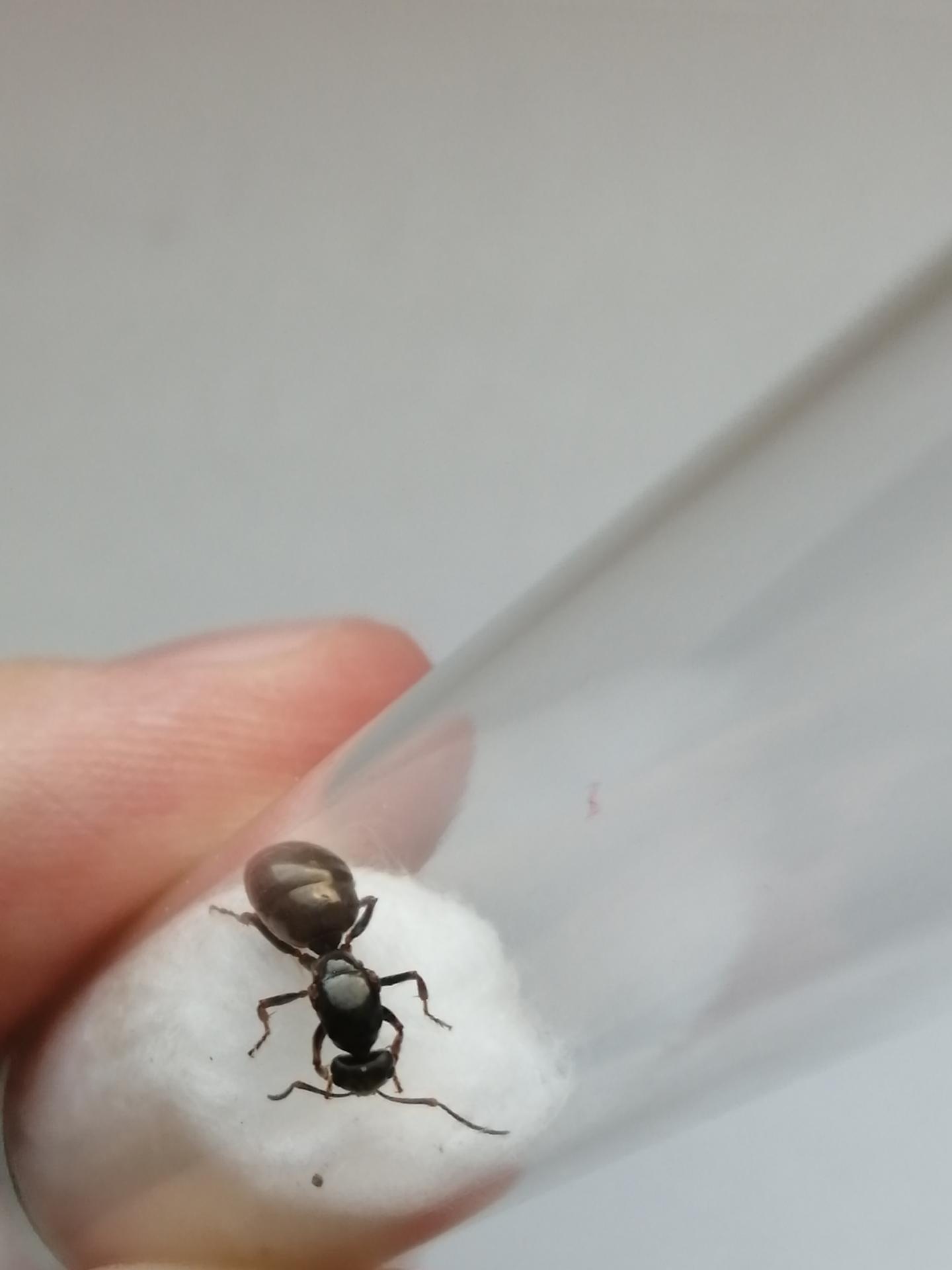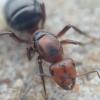1. Location: Central Asia (north)
2. Date of collection: July 29th
3. Habitat of collection: some dry open ground area
4. Length (from head to gaster): 9-10 mm
5. Color, hue, pattern and texture: the whole body is black, legs are only slightly brown
6. Distinguishing characteristics: looks like a Serviformica or a Cataglyphis
7. Distinguishing behavior: wasn't running really fast when I caught her, stays in one place while in the test tube and doesn't move
I'm not sure if this is a Formica fusca/lemani or some Cataglyphis queen (Cataglyphis aenescens is native where I live)
If you can't tell by the pics, you could maybe tell what the difference between fusca and cataglyphis is


